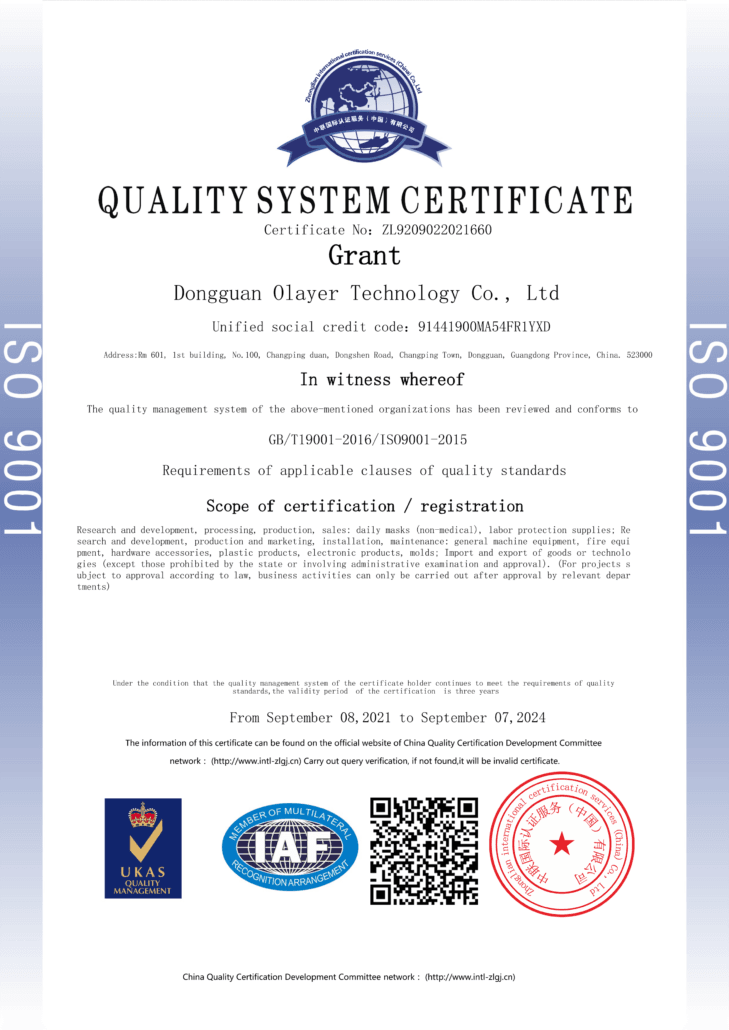OEM injection molding is a manufacturing process that involves injecting molten plastic or other materials into an injection mold to create a variety of OEM plastic parts and products. This process is widely used in a variety of industries, including automotive, medical, and consumer products, and is known for its ability to produce high-quality, complex parts with precise dimensions and tolerances.
One of the key benefits of OEM injection molding is its ability to produce large quantities of OEM parts quickly and efficiently. The process begins with the creation of a plastic mold, which is typically made from high quality steel(1.2344, 1.2738H, P20, S136, NAK80 etc) and is designed to match the shape and dimensions of the desired OEM plastic part. The injection mold is then placed in an injection molding machine, which heats and pressurizes the mold to inject the molten material into the cavity.
Once the plastic material has cooled and hardened in the injection mold, the mold is opened by the injection machine and the finished OEM molded part is ejected out. This injection molding process can be repeated as many times as necessary to produce the desired quantity of parts. The speed and efficiency of the molding process make it ideal for producing large quantities of parts for OEM (original equipment manufacturer) applications, where consistent quality and reliable delivery are critical.
Another advantage of OEM injection molding is its versatility. The process can be used to produce a wide range of OEM plastic parts and products, including complex geometries and features such as ribs, bosses, and undercuts. In addition, the molding process is compatible with a variety of materials, including plastics, metals, and copper alloy, which allows mold manufacturers to choose the most suitable material for their specific application.
One of the key challenges of OEM injection molding is the high cost of injection molding tooling, which can be a significant barrier to entry for small and medium-sized manufacturers. The cost of the OEM injection mold is typically a major portion of the overall cost of the injection molding process, and the cost can vary significantly depending on the complexity of the part, size, and the materials used.
To minimize the cost of OEM mold tooling, manufacturers or the investor can use a variety of strategies, including designing parts with simple geometries and features, using standard molds and off-the-shelf components, and optimizing the design for manufacturability. In addition, OEM injection molding investors can work with OEM molding suppliers to negotiate lower injection tooling costs or explore alternative manufacturing processes that may be more cost-effective.
Another important consideration in OEM injection molding is quality control. The process involves a number of variables, including the properties of the material, the temperature and pressure of the mold, and the speed and timing of the injection. Any of these variables can affect the quality of the finished part, so it is critical to maintain tight control over the process to ensure consistent quality. Sincere Tech have been working in OEM injection molding service over 18 years, we have rich experience in making high quality OEM plastic parts for the customers, if you have OEM injection molding project welcome to contact us.
To achieve consistent quality, manufacturers typically employ a variety of quality control measures, including statistical process control (SPC), process capability studies, and design of experiments (DOE). These techniques help manufacturers identify and eliminate sources of variability in the process and ensure that parts meet the required specifications.
In summary, OEM injection molding is a widely used manufacturing process that offers a number of benefits, including high productivity, versatility, and the ability to produce high-quality parts with precise dimensions and tolerances. The process does have some challenges, including the high cost of tooling and the need for careful quality control, but with the right strategies and techniques, manufacturers can overcome these challenges and achieve success with this powerful manufacturing process.


